At the question and answer session with the Commander of the transport sector, many National Assembly Deputies expressed their concern about the group of issues related to the transport infrastructure system. Deputies suggested that there should be clear solutions to completely resolve the backlog in completing the transport infrastructure, increasing the competitiveness of the economy .
Delegate Tran Van Lam ( Bac Giang delegation) stated: Currently, Bac Giang still has 2 traffic bottlenecks that voters have reflected in many National Assembly sessions. One is Cam Ly bridge from 1979, currently has a road running along with the railway, nearly 50 years old on National Highway 37. This is the main route connecting Lang Son, Bac Giang, Hai Duong, Hai Phong and Quang Ninh. Traffic volume through here is very large, often congested and many serious accidents occur. This is a project in the list of emergency projects approved by the Government since 2011 but up to now there has been no capital allocated for the project.
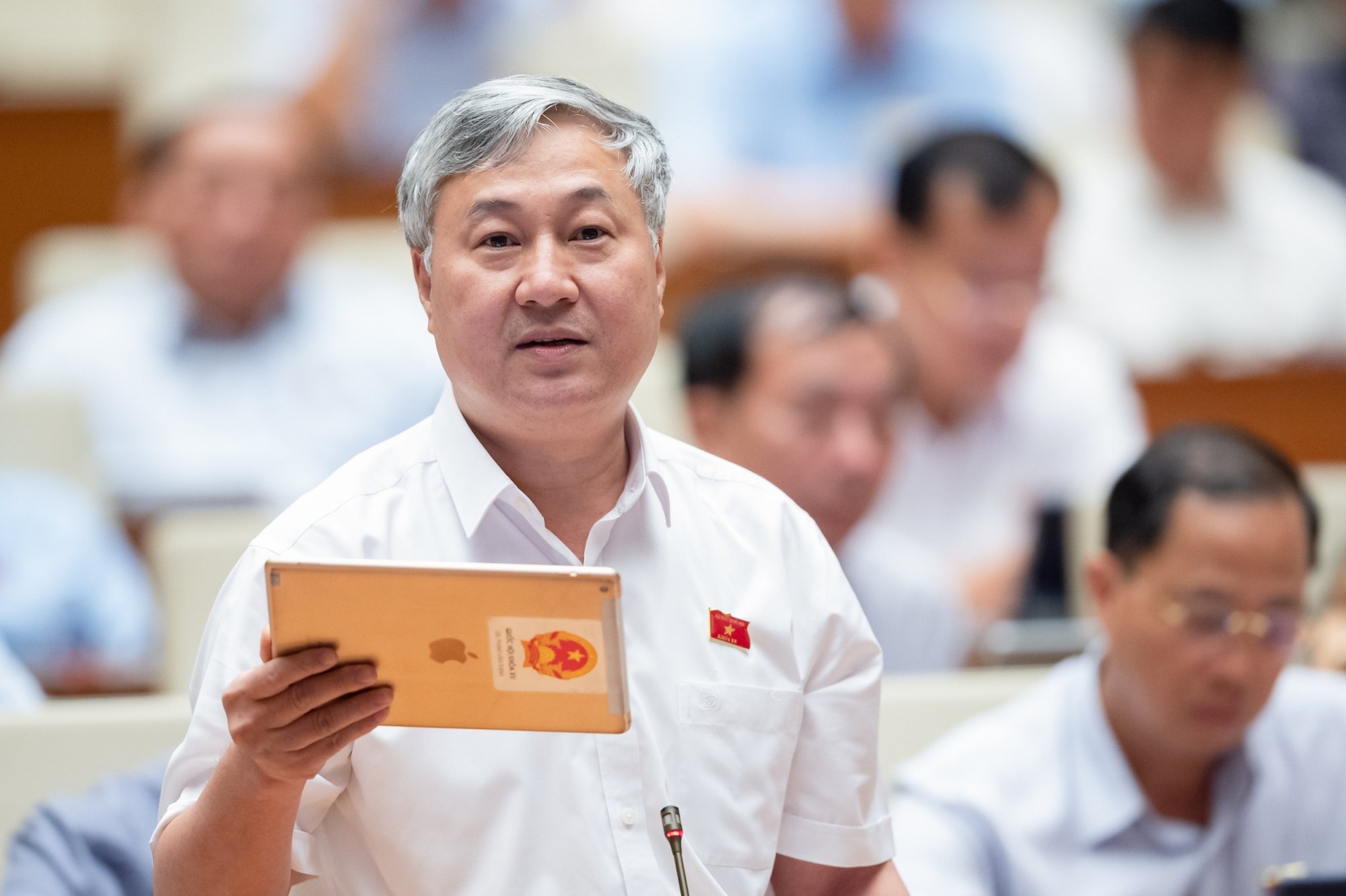
Delegate Tran Van Lam (Bac Giang delegation) participated in questioning the Minister of Transport .
Second, the Bac Giang Expressway, which has been in operation since January 2016, is a vital route connecting Huu Nghi border gate with the northern provinces with a very large traffic volume but is often congested at the two bridges Nhu Nguyet and Xuong Giang. The reason is that these two bridges only have 2 lanes.
Delegate Tran Van Lam said that Nhu Nguyet bridge has been expanded, however, if Xuong Giang bridge is not expanded, traffic congestion will continue to occur. Delegate asked the Minister of Transport to inform Bac Giang voters, during this term, can the above two bottlenecks be resolved?
Also concerned about this important route, Delegate Ta Van Ha (Quang Nam delegation) pointed out that every day, on the Bac Giang highway, thousands of trucks carrying dragon fruit, durian and other fruits are stuck at these two bridges. There are even cases where fruits have to be sold in a "rescue" way. Because the main bottleneck is the bottleneck at the two bridges, and these two bridges only have one way to go and return on the same bridge, so it is very difficult.
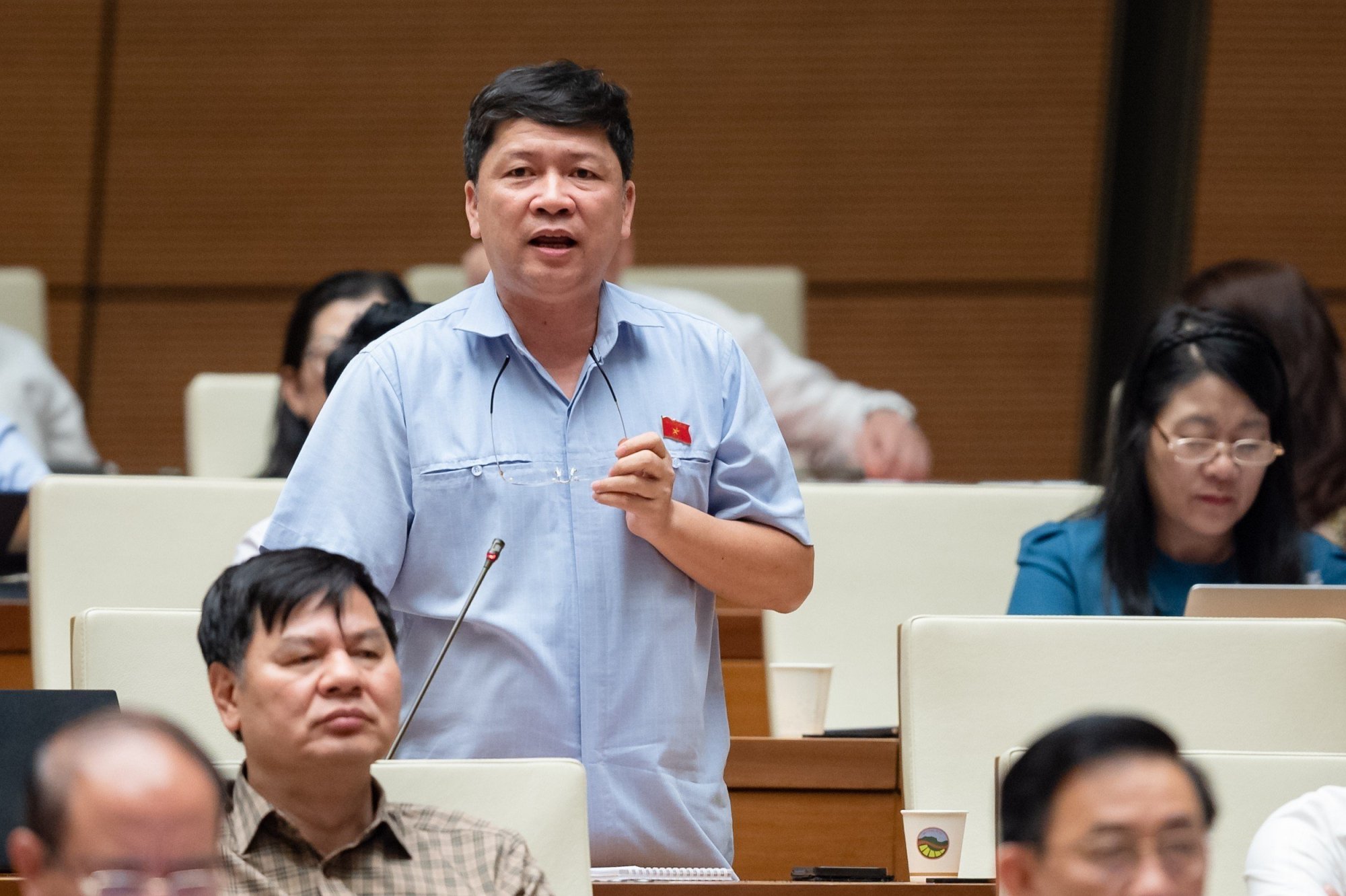
Delegate Ta Van Ha (Quang Nam delegation) questioned Minister Nguyen Van Thang.
Delegate Ta Van Ha emphasized that this is the vital, shortest route from Ca Mau Cape to China. Therefore, this issue is urgent and needs to be urgently addressed. In addition, the Cam Ly bridge, which has been in use since the 70s, is very dangerous to people's lives. Therefore, the Delegate asked the Minister to inform him of the procedures needed to resolve the above issue?
Responding to questions from National Assembly deputies on transport infrastructure, Minister Nguyen Van Thang said that according to current legal regulations, expressways and national highways are the responsibility of the Ministry of Transport, while the remaining routes are the responsibility of localities. In the context of limited central budget, if local budgets are allocated to invest in national highways together with the Central Government, the difficulty will be resolved. At the same time, the Government has proposed that the National Assembly and the National Assembly Standing Committee allow the implementation of this mechanism.
Regarding Cam Ly Bridge, the Minister said that this is the only bridge in the North that shares railway and road. In the 2021-2025 period, the Ministry of Transport proposed to add additional public investment capital, but due to limited resources, it has not been arranged. The Ministry of Transport has considered working with international organizations to arrange resources, but has not been successful.
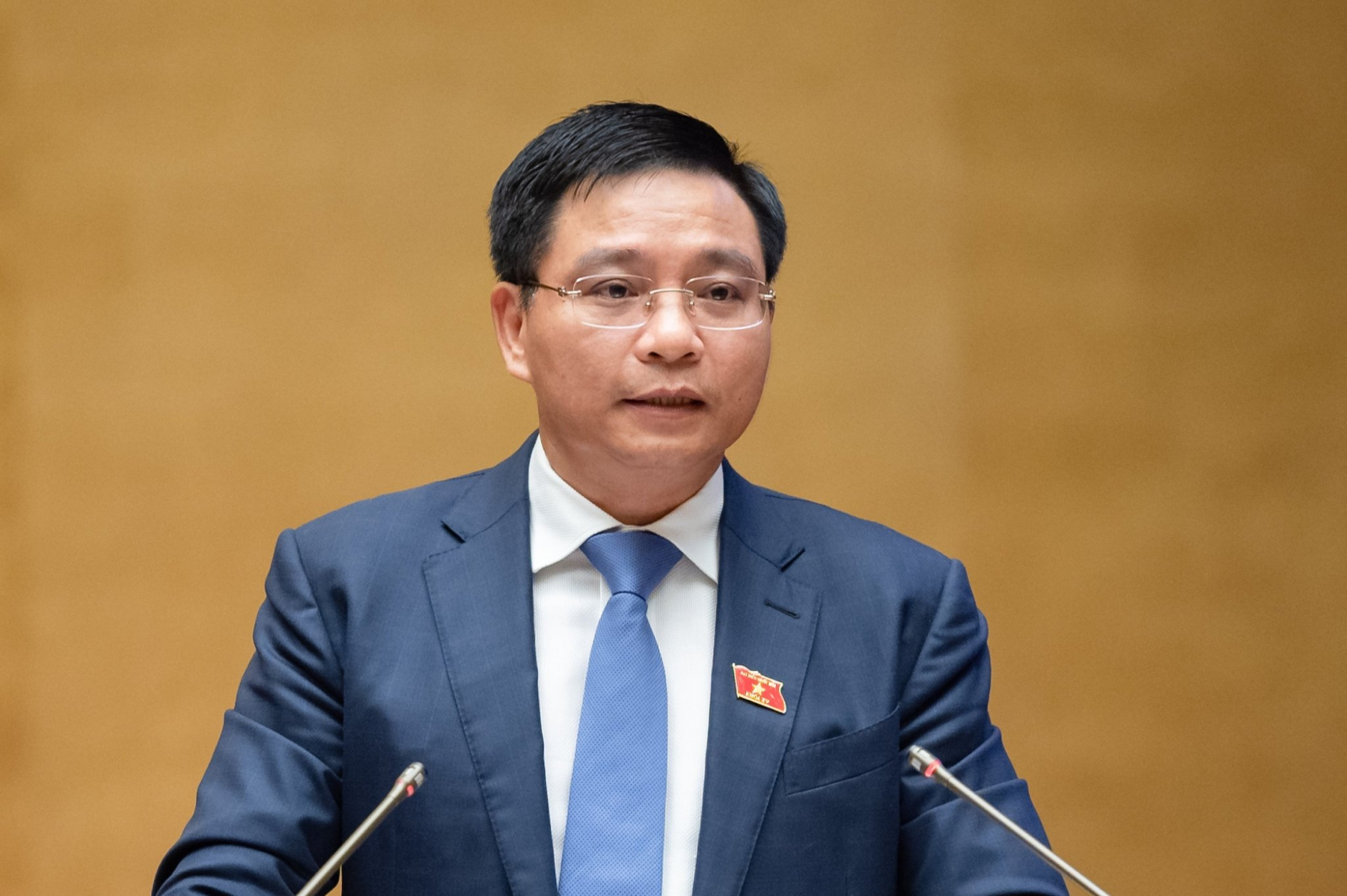
Minister Nguyen Van Thang answered questions.
As for Xuong Giang Bridge, Bac Giang Province proposed that the Central Government support it in a spirit of sharing. The Ministry of Transport recognized the need for investment and advised the Prime Minister to submit to the competent authority the use of increased revenue in 2022 to invest in this bridge. If approved by the competent authority, the source will be allocated for implementation.
Regarding long-term solutions for completing transport infrastructure, the Ministry of Transport will continue to build and perfect institutions and policies; review the system of legal documents to promptly amend inappropriate regulations to shorten investment time and procedures. Reform administrative procedures, institutionalize solutions on decentralization and delegation of authority in mobilizing and using resources at the central and local levels, creating conditions for localities to jointly invest budget in shared infrastructure and regional infrastructure.
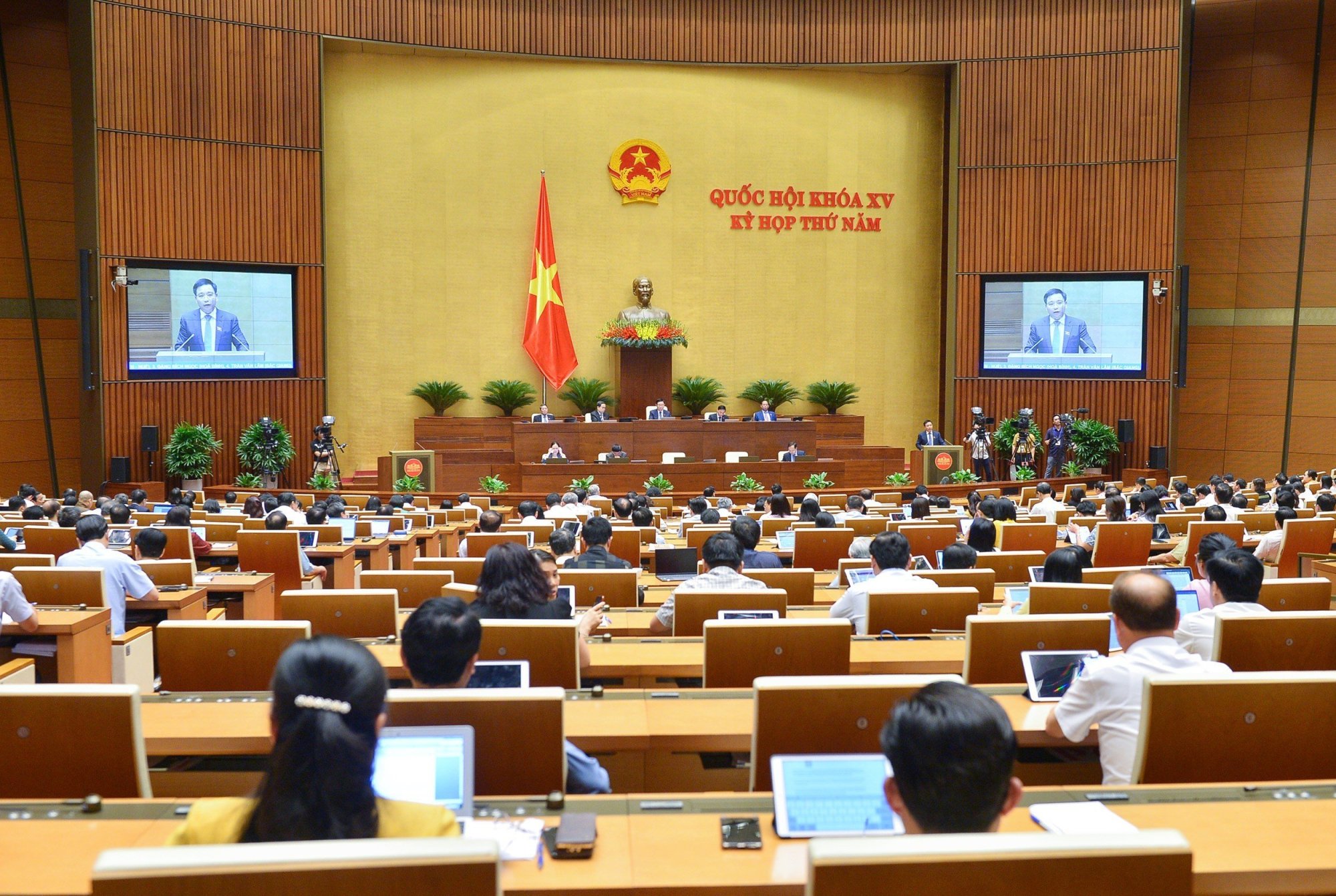
Overview of the questioning session on the afternoon of June 7.
At the same time, it is necessary to mobilize maximum non-budgetary resources, effectively use state budget capital with the goal of using public investment to lead private investment, flexibly apply investment contracts under the PPP method suitable to the characteristics and advantages of each field, build and apply a reasonable risk-sharing mechanism, ensuring the interests of the state, investors and users.
In addition, continue to improve the efficiency of capital use, focusing on investing in important transport infrastructure such as investing in expressways, key national highways, high-speed railways, urban railways, important seaports and airports; restructure the transport market share towards reducing the market share of road transport and increasing the market share of inland waterway and rail transport modes.
Source



![[Photo] Closing ceremony of the 18th Congress of Hanoi Party Committee](https://vphoto.vietnam.vn/thumb/1200x675/vietnam/resource/IMAGE/2025/10/17/1760704850107_ndo_br_1-jpg.webp)
![[Photo] General Secretary To Lam attends the 95th Anniversary of the Party Central Office's Traditional Day](https://vphoto.vietnam.vn/thumb/1200x675/vietnam/resource/IMAGE/2025/10/18/1760784671836_a1-bnd-4476-1940-jpg.webp)
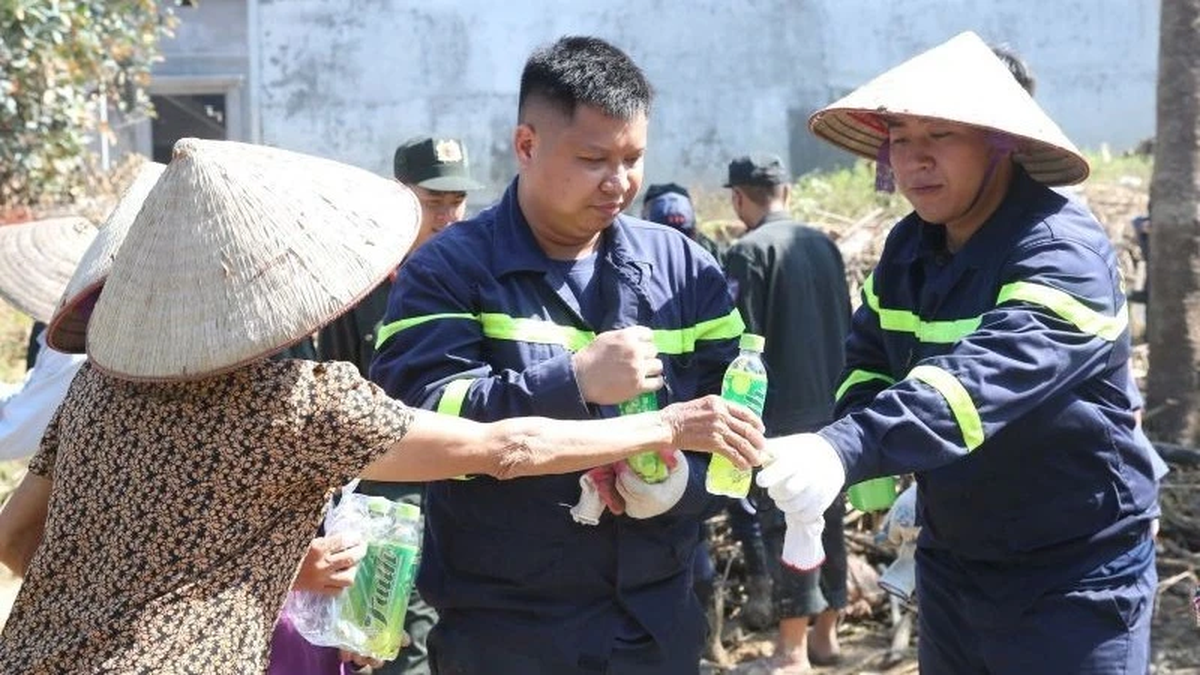
![[Photo] Collecting waste, sowing green seeds](https://vphoto.vietnam.vn/thumb/1200x675/vietnam/resource/IMAGE/2025/10/18/1760786475497_ndo_br_1-jpg.webp)
![[Photo] Immerse yourself in the colorful musical world of “Secret Garden Live in Vietnam”](https://vphoto.vietnam.vn/thumb/1200x675/vietnam/resource/IMAGE/2025/10/18/1760805978427_ndo_br_thiet-ke-chua-co-ten-41-png.webp)
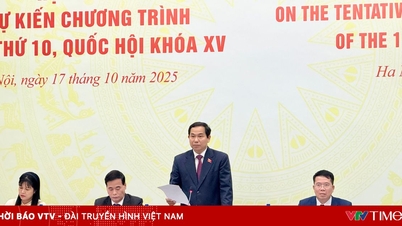

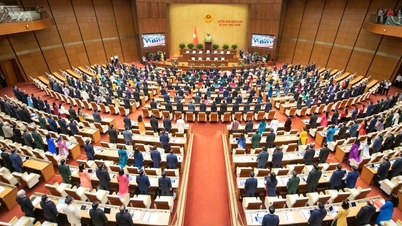



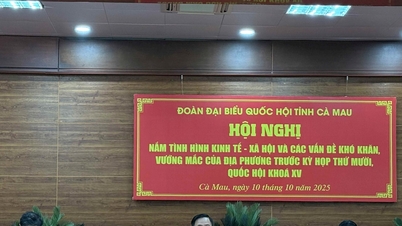

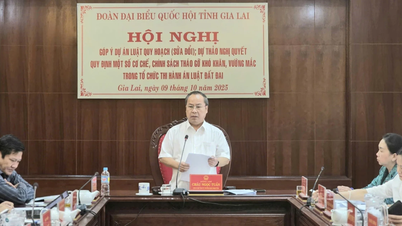

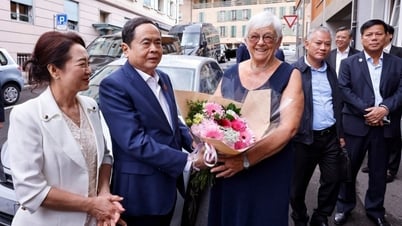

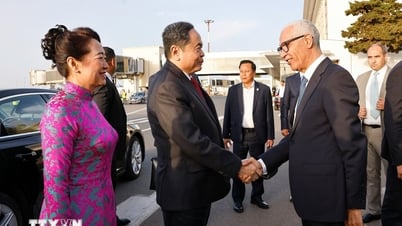

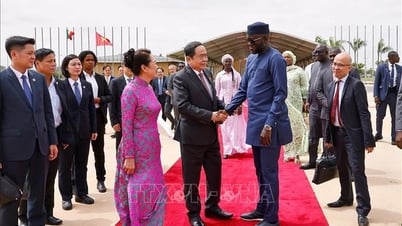

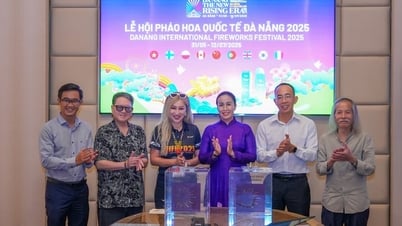

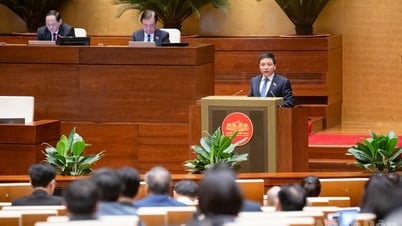
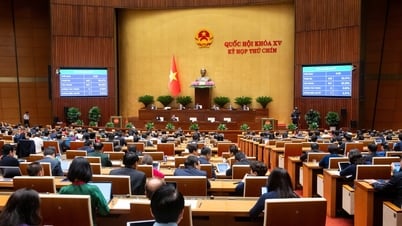





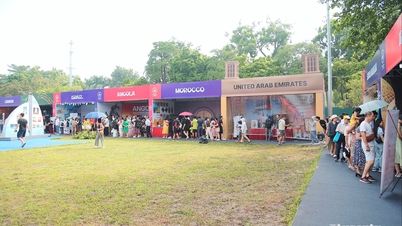
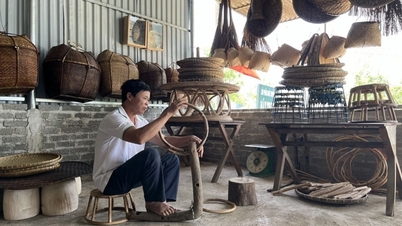
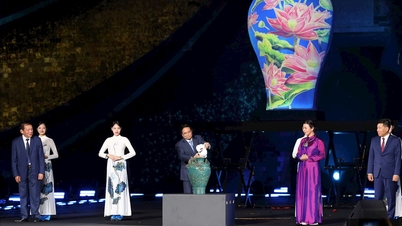


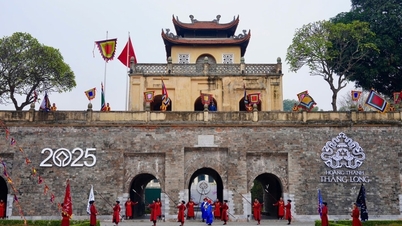
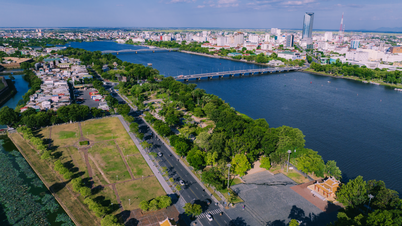


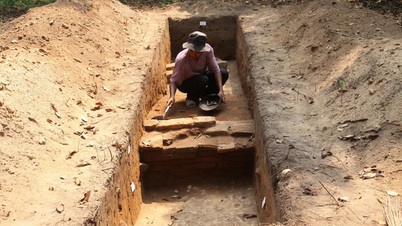

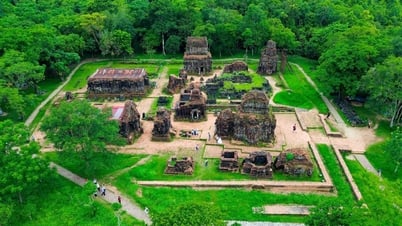
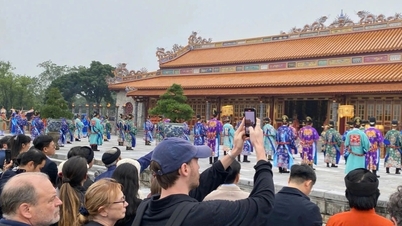


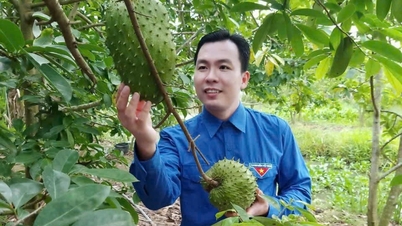
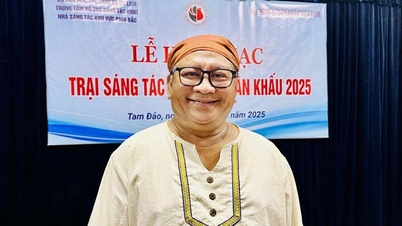

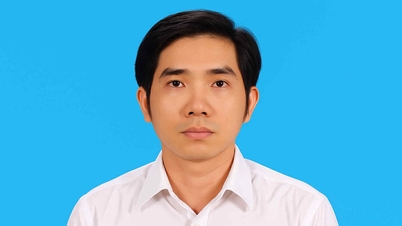


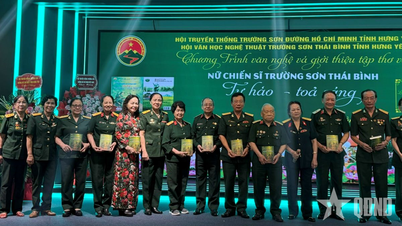




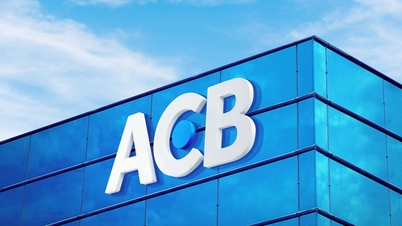
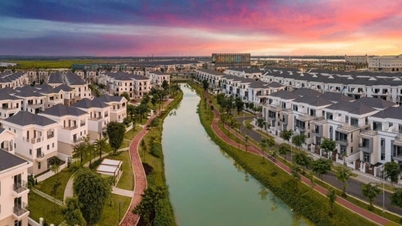
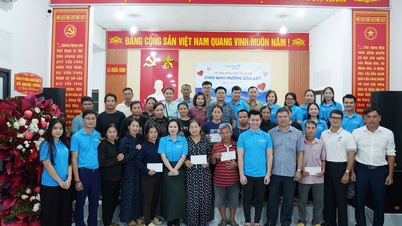
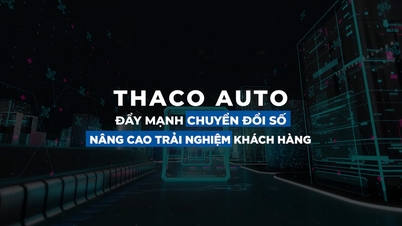

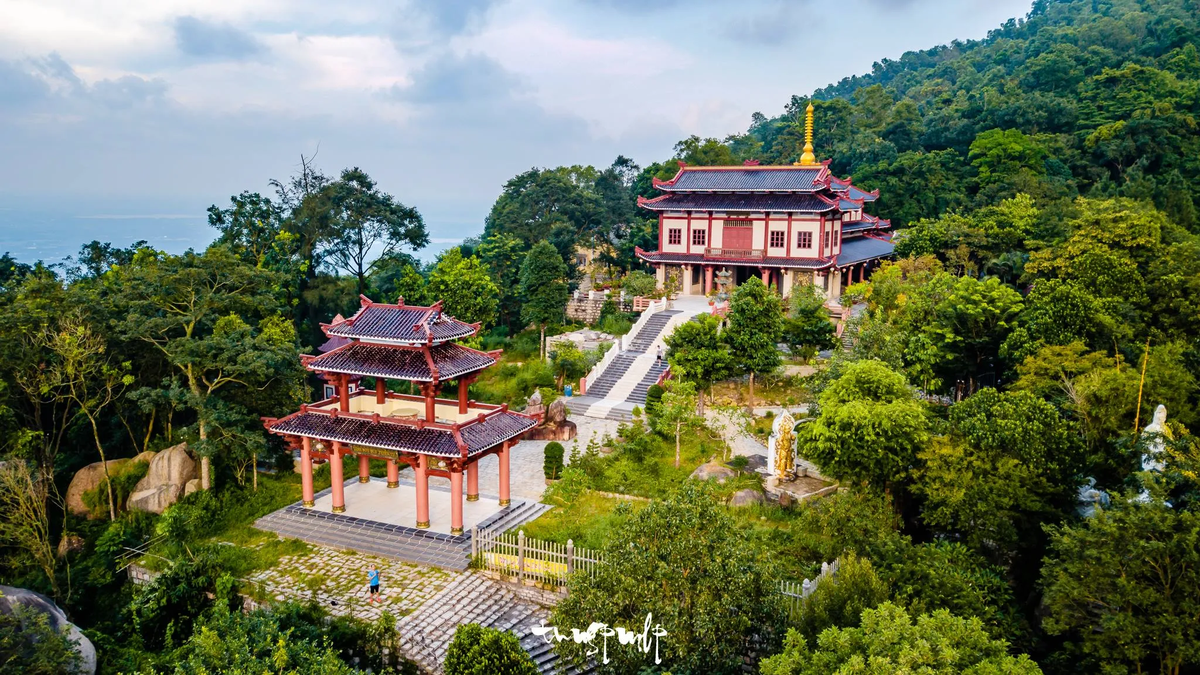

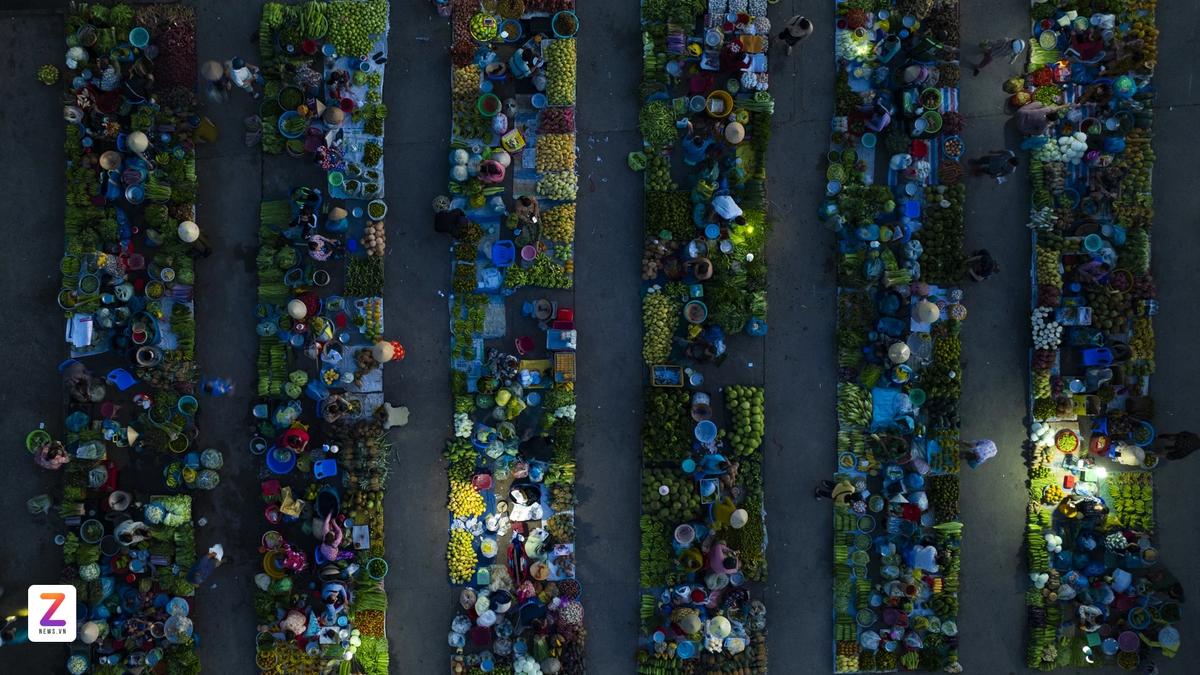



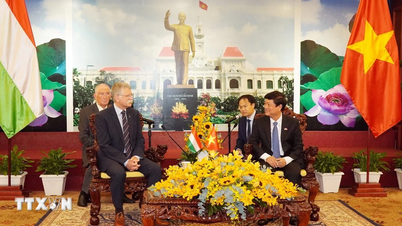


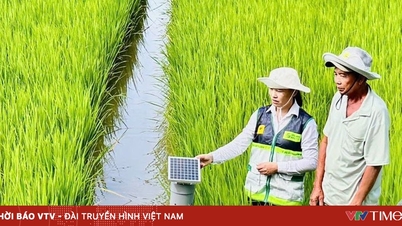
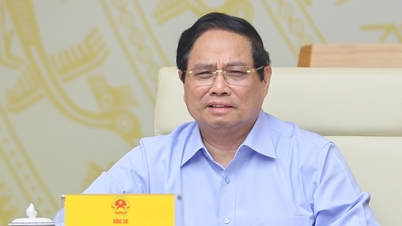
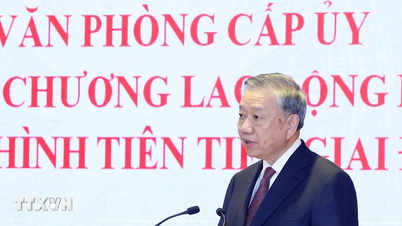


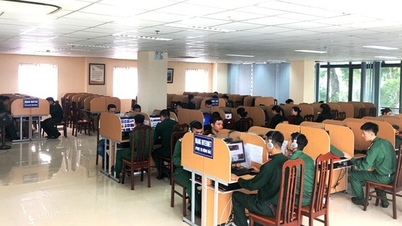
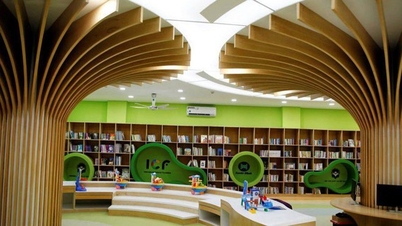
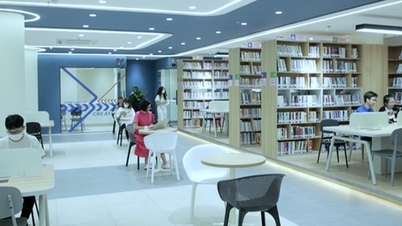
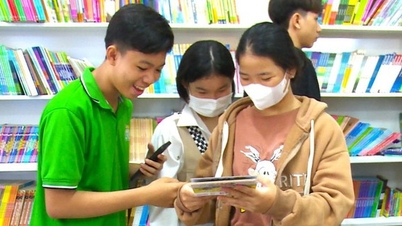




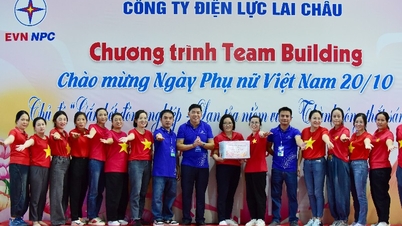

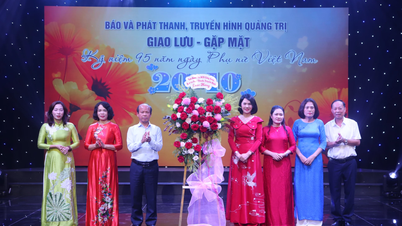



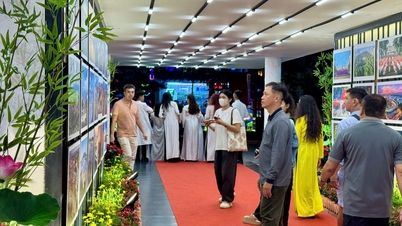
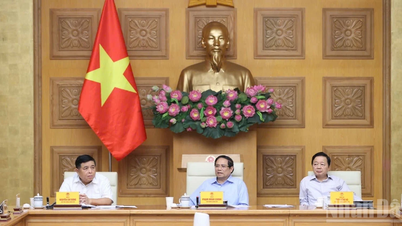
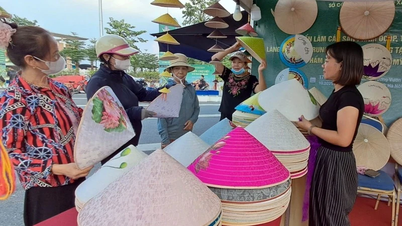
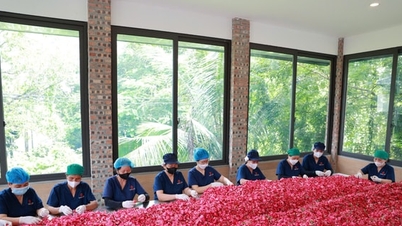
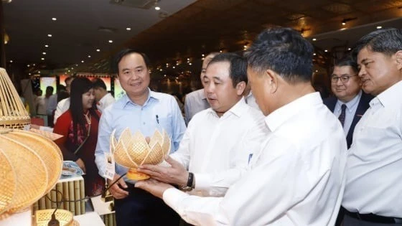

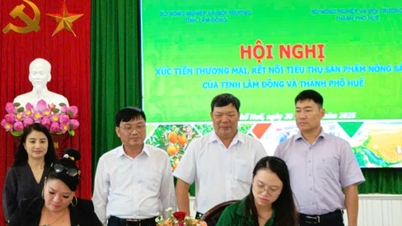







Comment (0)